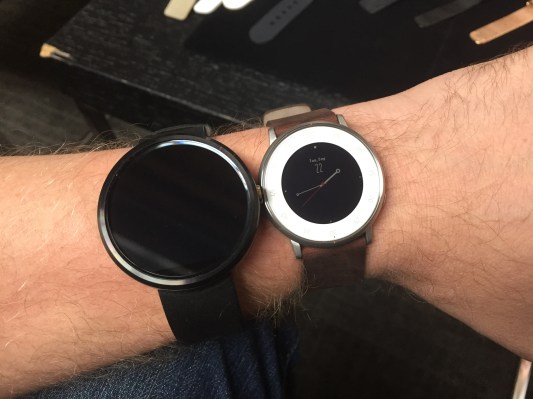How VCs allocate their time is an age old question and the source of much curiosity.
For many, it’s a matter of the stage of investment and the industry that the investor focuses on — while for others, like Manu Kumar, the guest in our latest interview, it’s a matter of just getting ‘hands on’.
To get an accurate view of how VCs spend their time, we surveyed 100 investors from The Twenty Minute VC to determine the most efficient time allocation.
Deal Evaluation (36%)
The diligence process for VCs varies across the industry. For Kumar, it all starts with 2 fundamental questions. ‘Is this a radically new technology or a radically new market?’ With the thesis confirmed Kumar then moves onto assess the founder and the team, asking a further two questions:
1.) Does the founder have the ability to achieve what they say they will do?
2.) Is what they say they will do aligned with how I view the world will be in the future?
Ultimately the time taken to progress through this bucket is largely dependent on the team and the industry you are investing in.
Existing Portfolio Companies (33%)
This category can be broken down into 3 buckets. First, the companies that are doing very well. Second, the companies that are doing very poorly. Finally, the companies that are surviving but by no means thriving.
Kumar states that most VCs fall victim to the idiom, ‘the squeeky wheel needs the most grease’. This suggests that the companies struggling the most receive the most time from their VCs. This view is supported by our survey which found 68% of VCs feel they spend too much time with their struggling companies.
VCs know this isn’t a good thing. Roughly 74% of them acknowledhed their need to redistribute time more evenly between portfolio companies. Kumar is one of these VCs with his recognition, ‘the wheel that squeeks most needs to be replaced’.
Ultimately, our survey revealed 82% of VCs believe that the bucket that deserves the most time is those that are struggling and not thriving. With a little extra time and VC attention it is possible they their milestones would be hit faster and with greater ease.
Ideally, they’d be spending more time on things like relationship building and fund managmeent.
Relationship Building (18%)
Venture capital is a game of relationships. One of the key value adds of VC is the ability to provide follow on funding, both from yourself and your network. As Kumar states, ‘I look to provide funding across 4 rounds’. Kumar’s ability to provide follow on funding through his network is clear. He states his desire to be ‘the e-harmony for follow on funding’. With such expectations on VCs to provide this access, one would aspect this category to only expand over time.
Fund (13%)
Included in this category is fundraising, hiring, LP relationship building etc. Considering 3 year investing periods on funds, the fundraising process alone should require 33% of VCs time. As Kumar states, ‘fundraising was hard, hence my first fund was $6.25m’. However, as we all know, we live in a ‘founder friendly’ VC world. Therefore a VCs recognition that they spend a third of their time raising for themselves might go slightly against that ‘founder first image’.
How do you spend your time? If you are a VC, we would love to know. Tweet @HarryStebbings with the 4 categories above and how much time you allocate to each of them.
